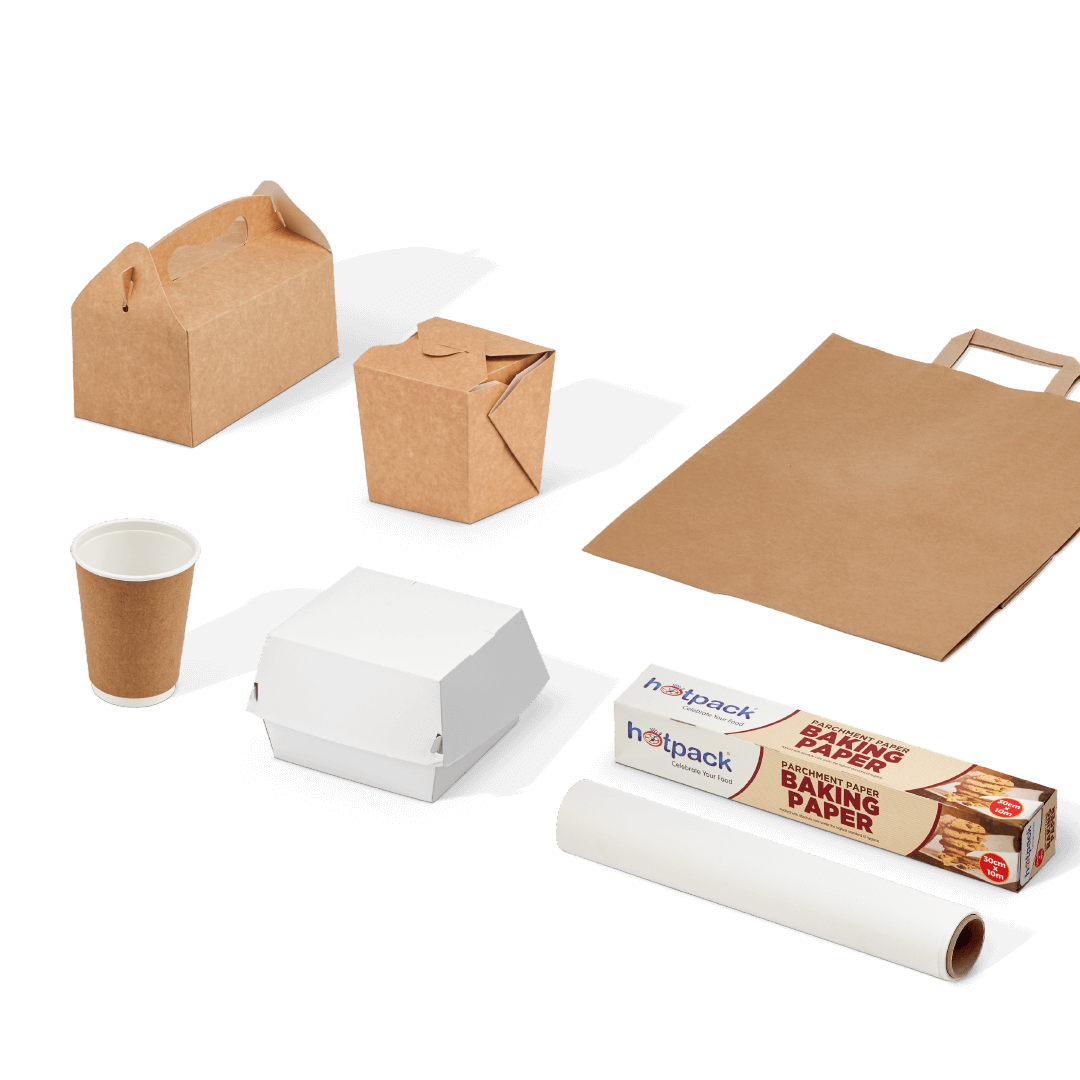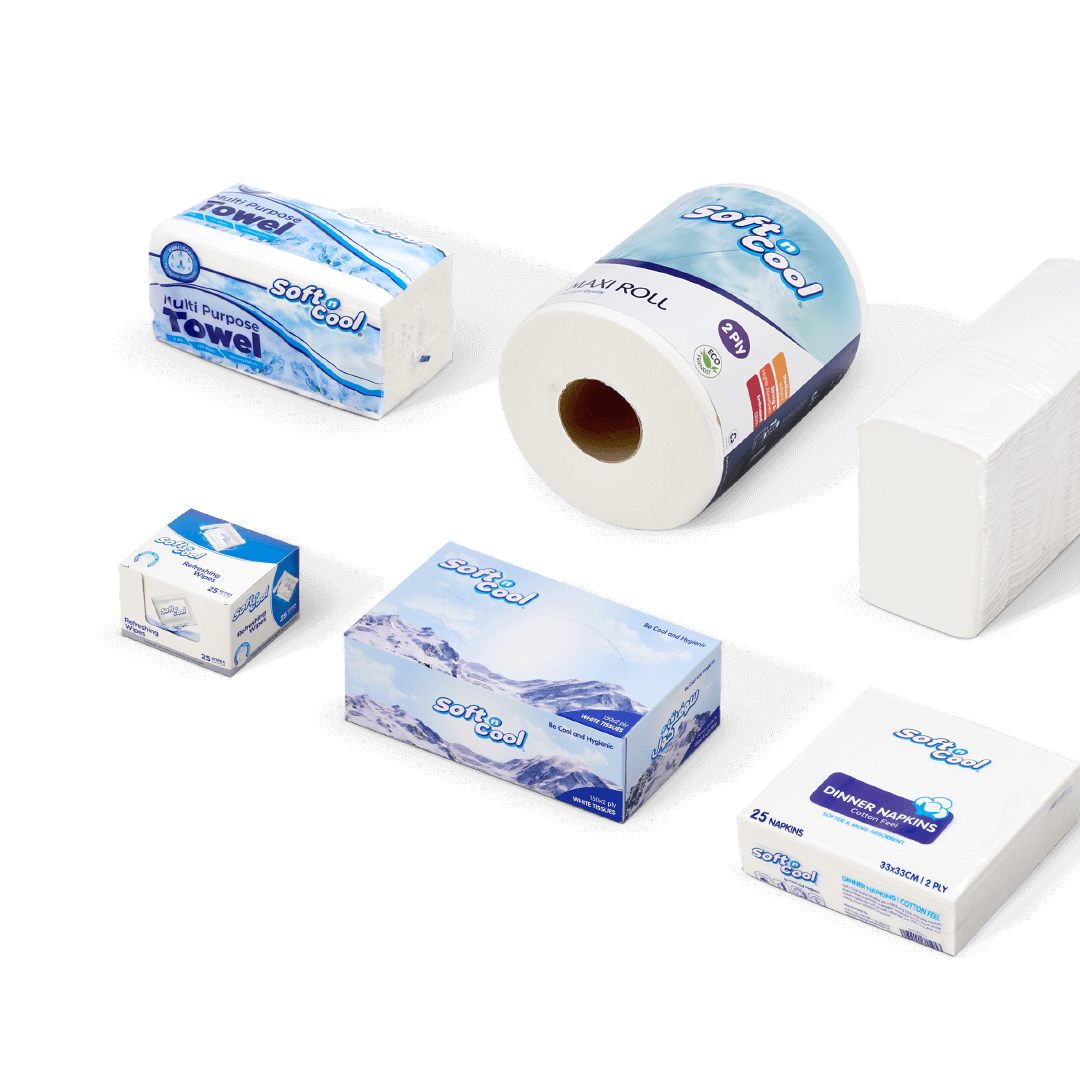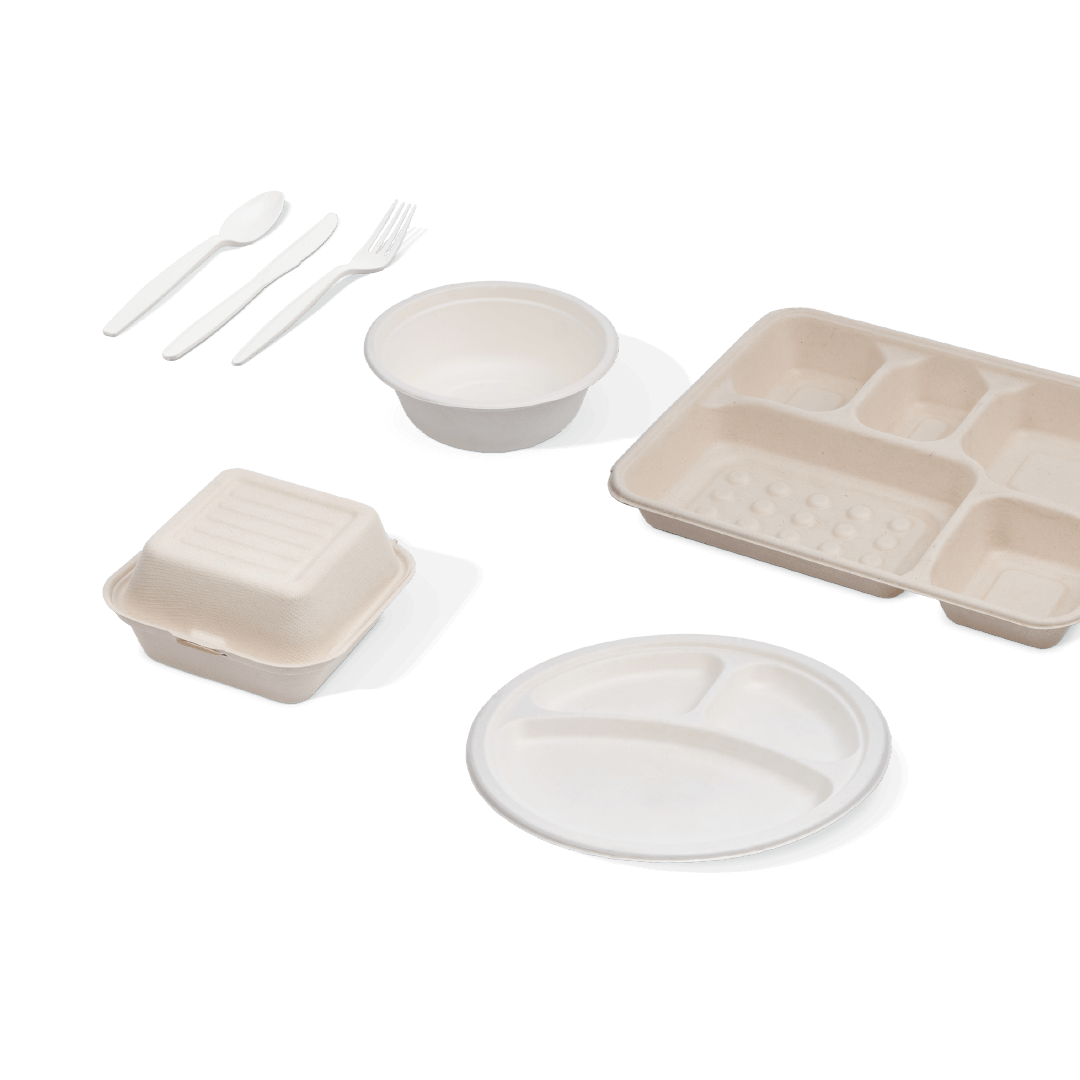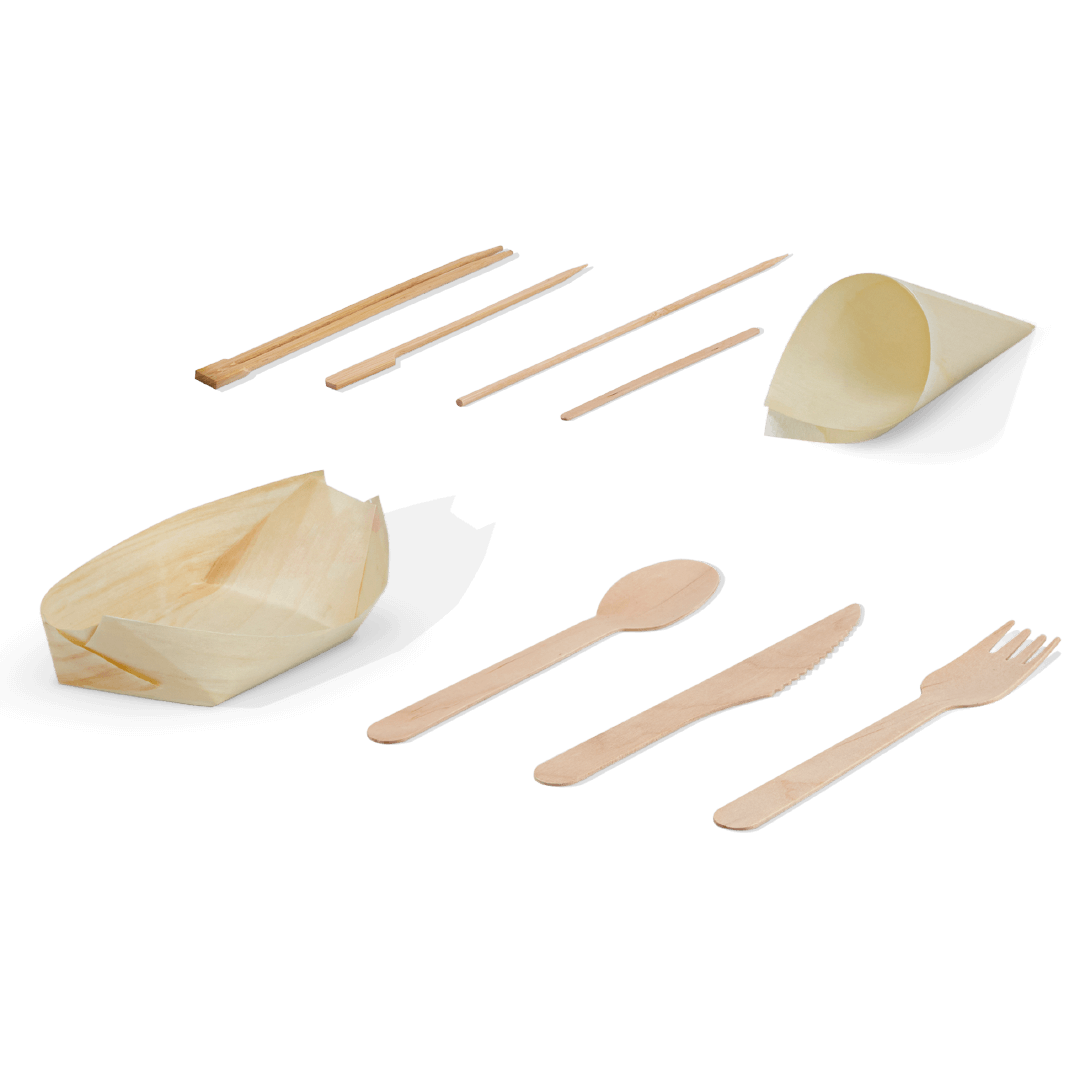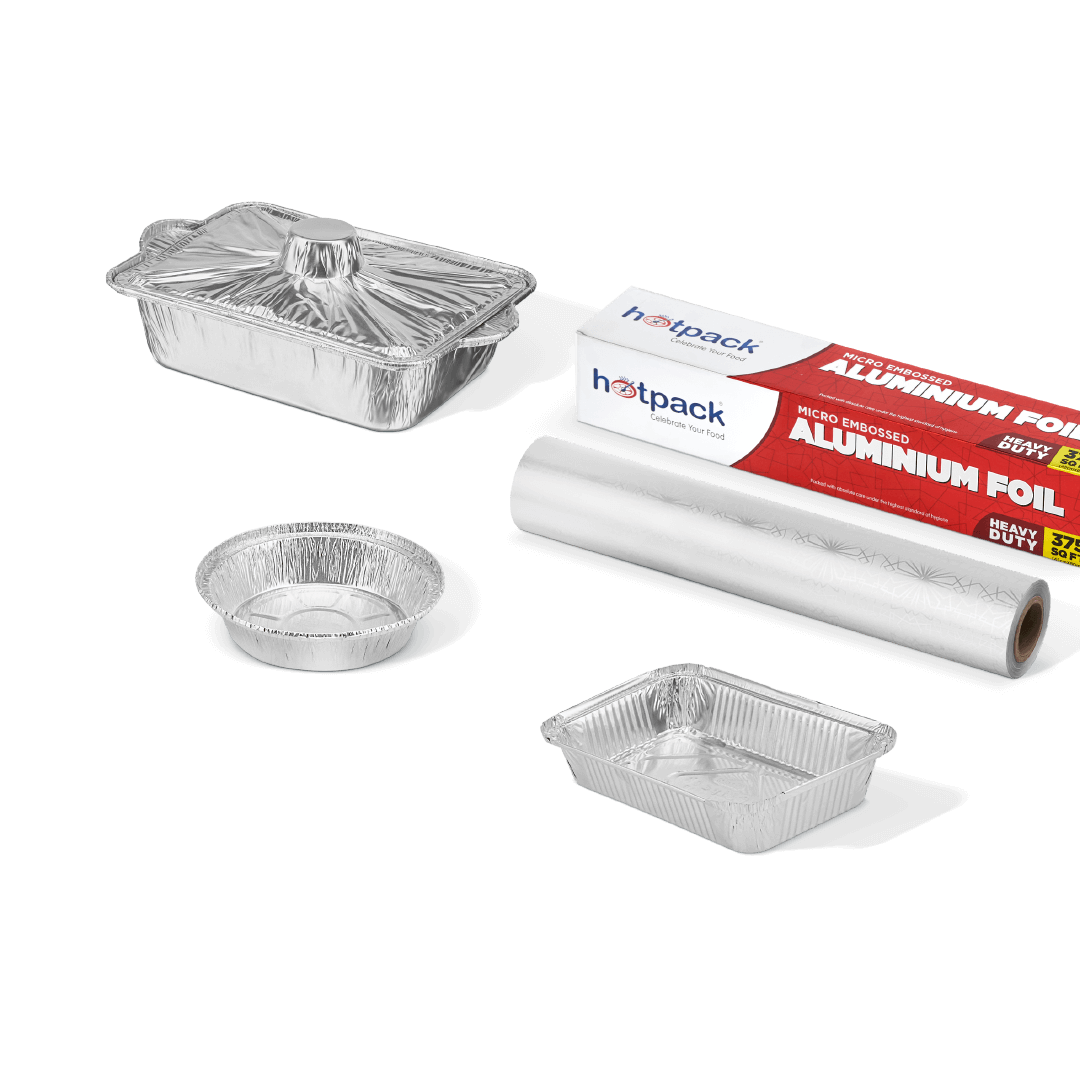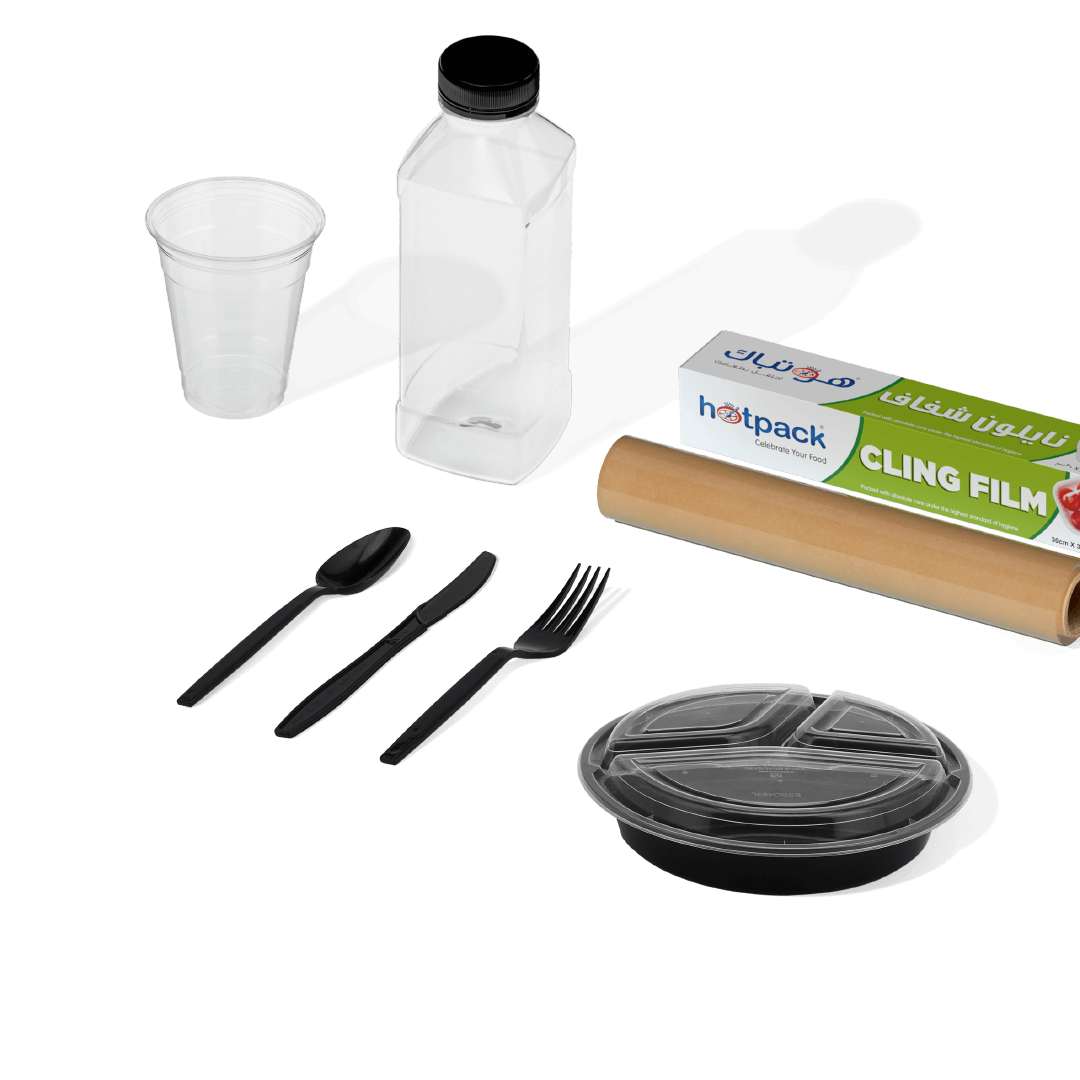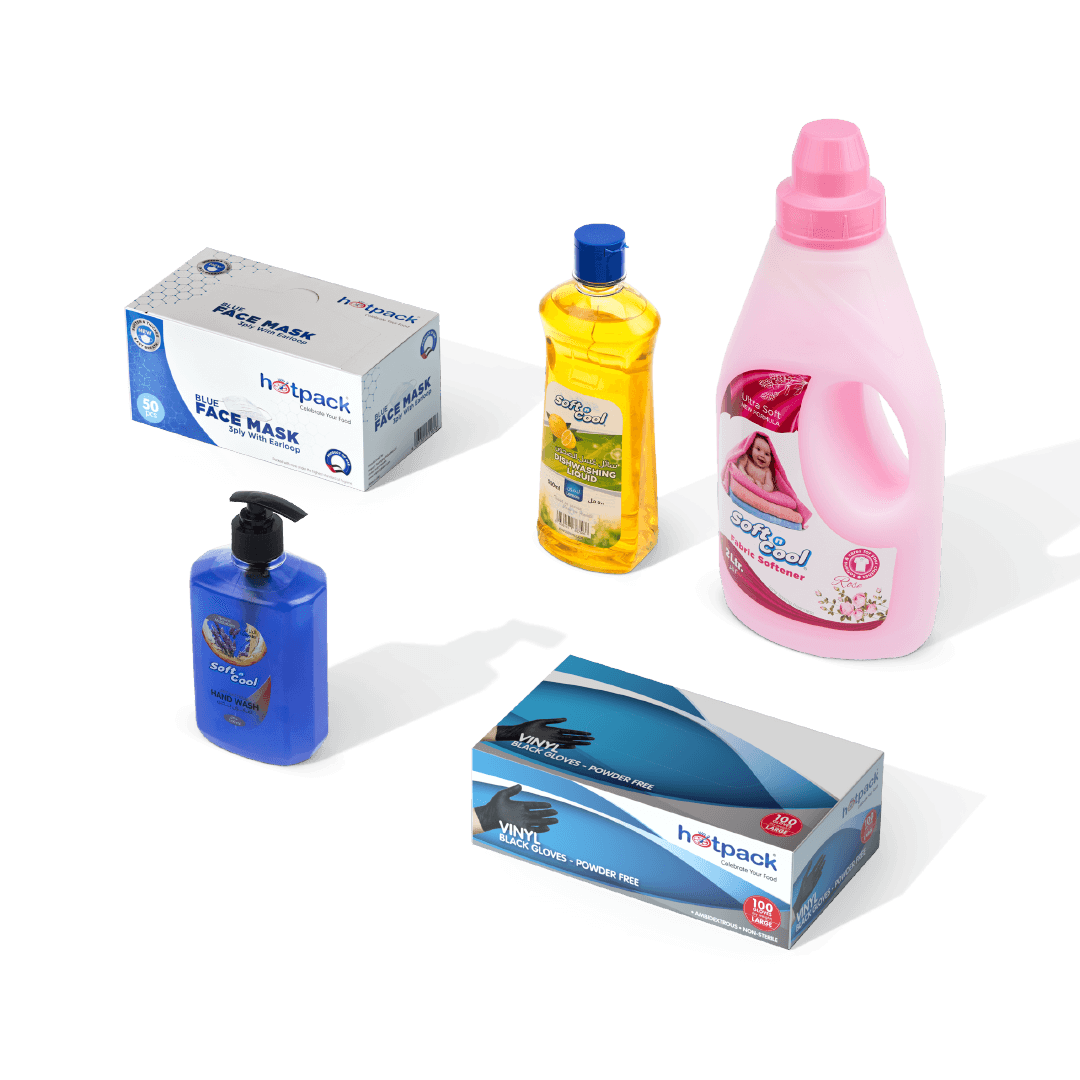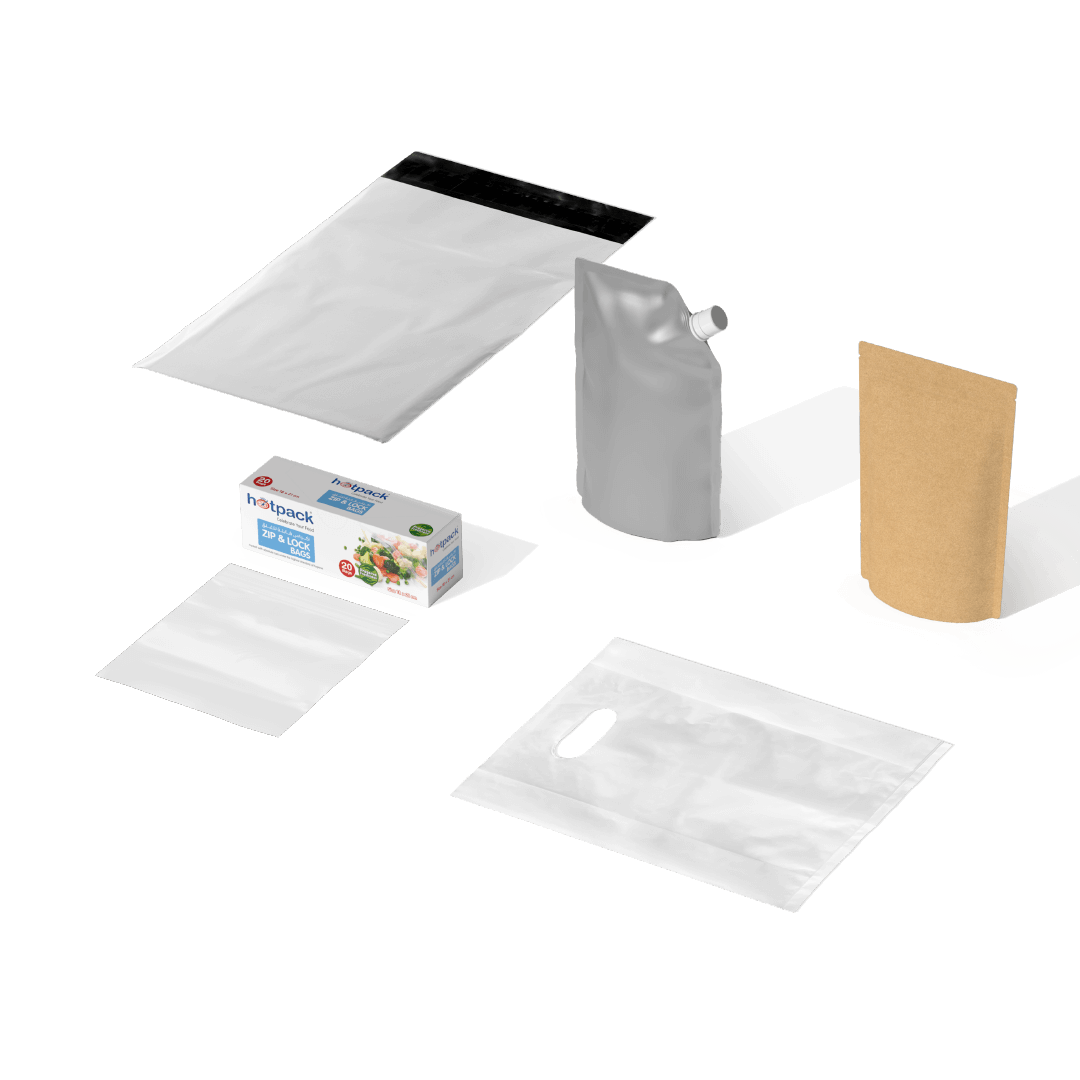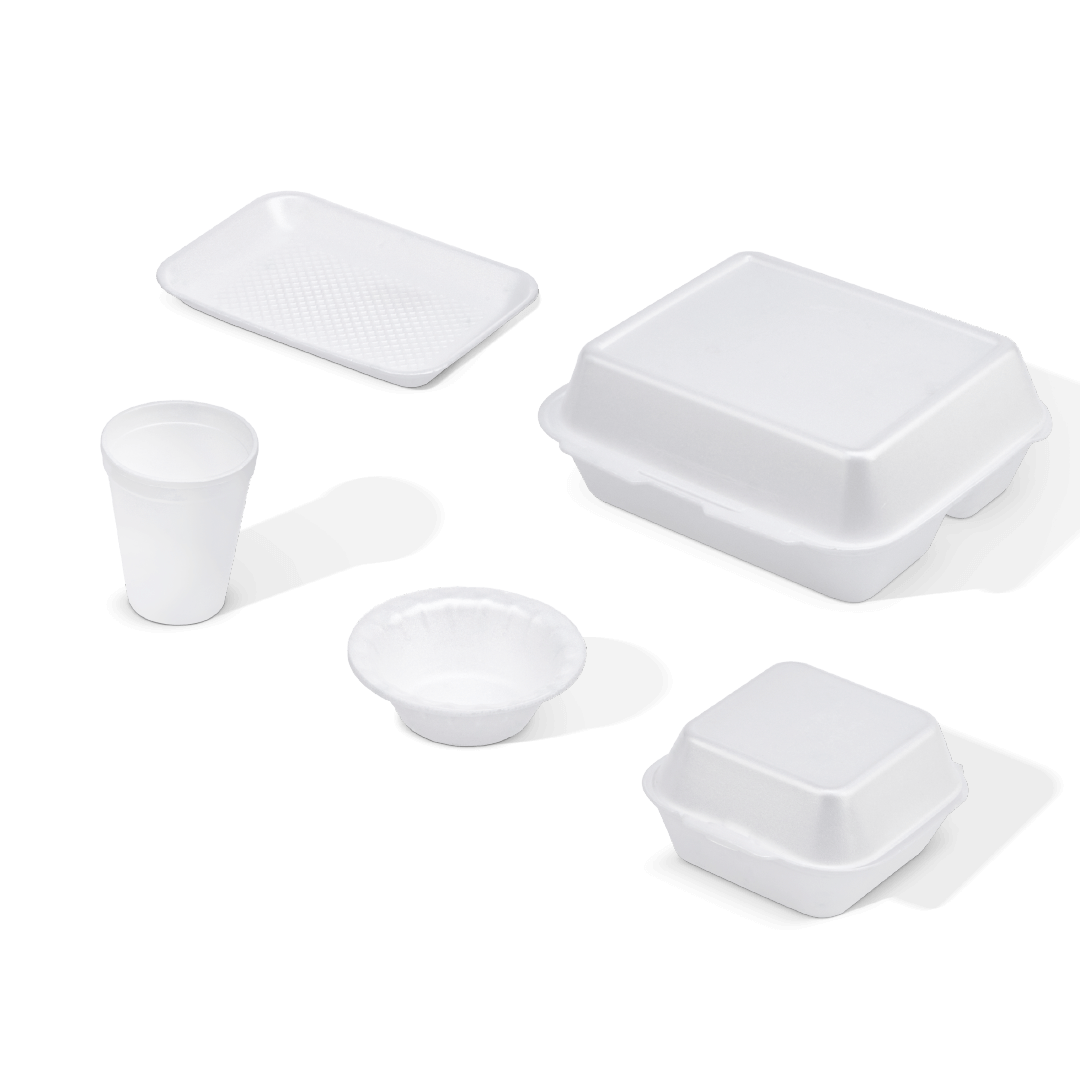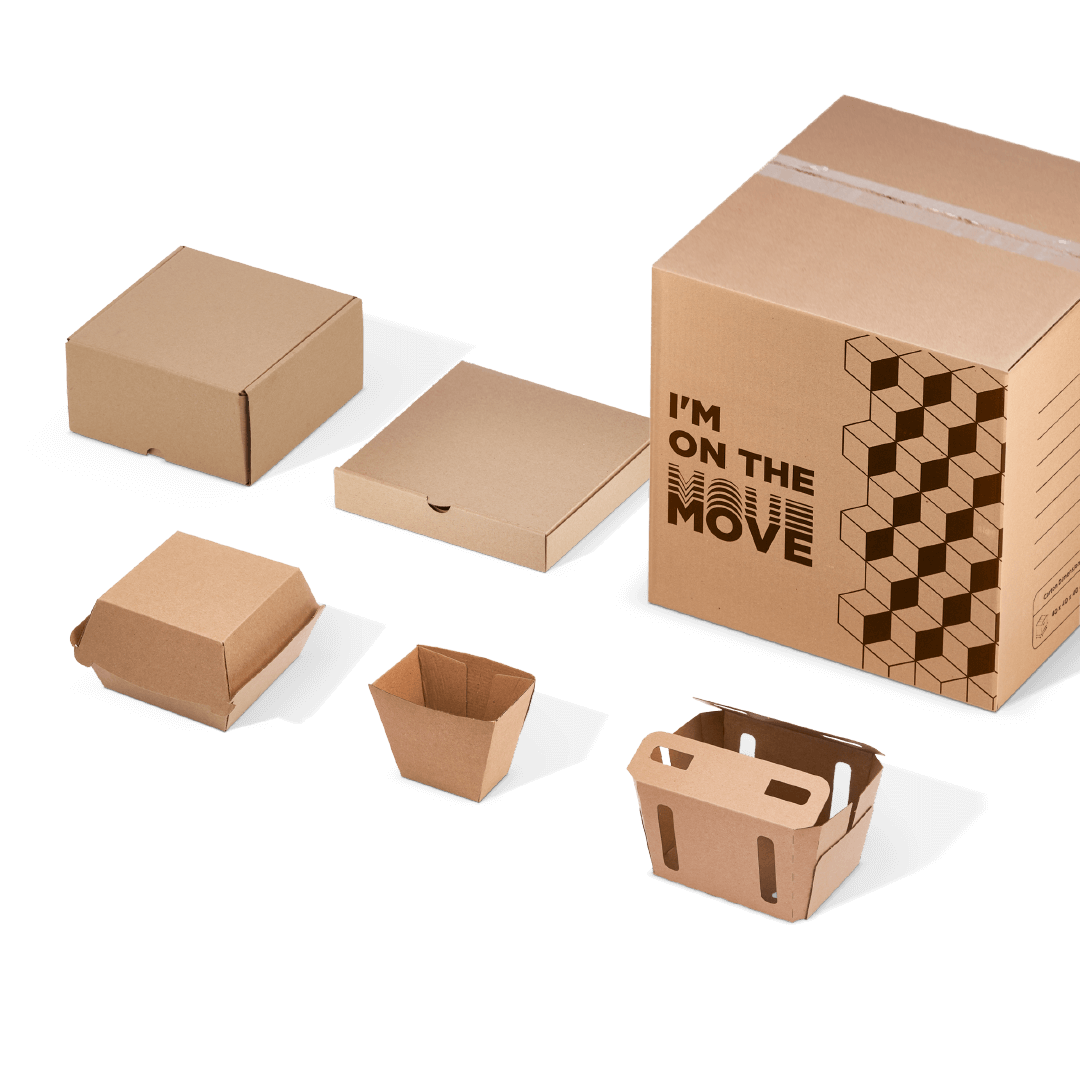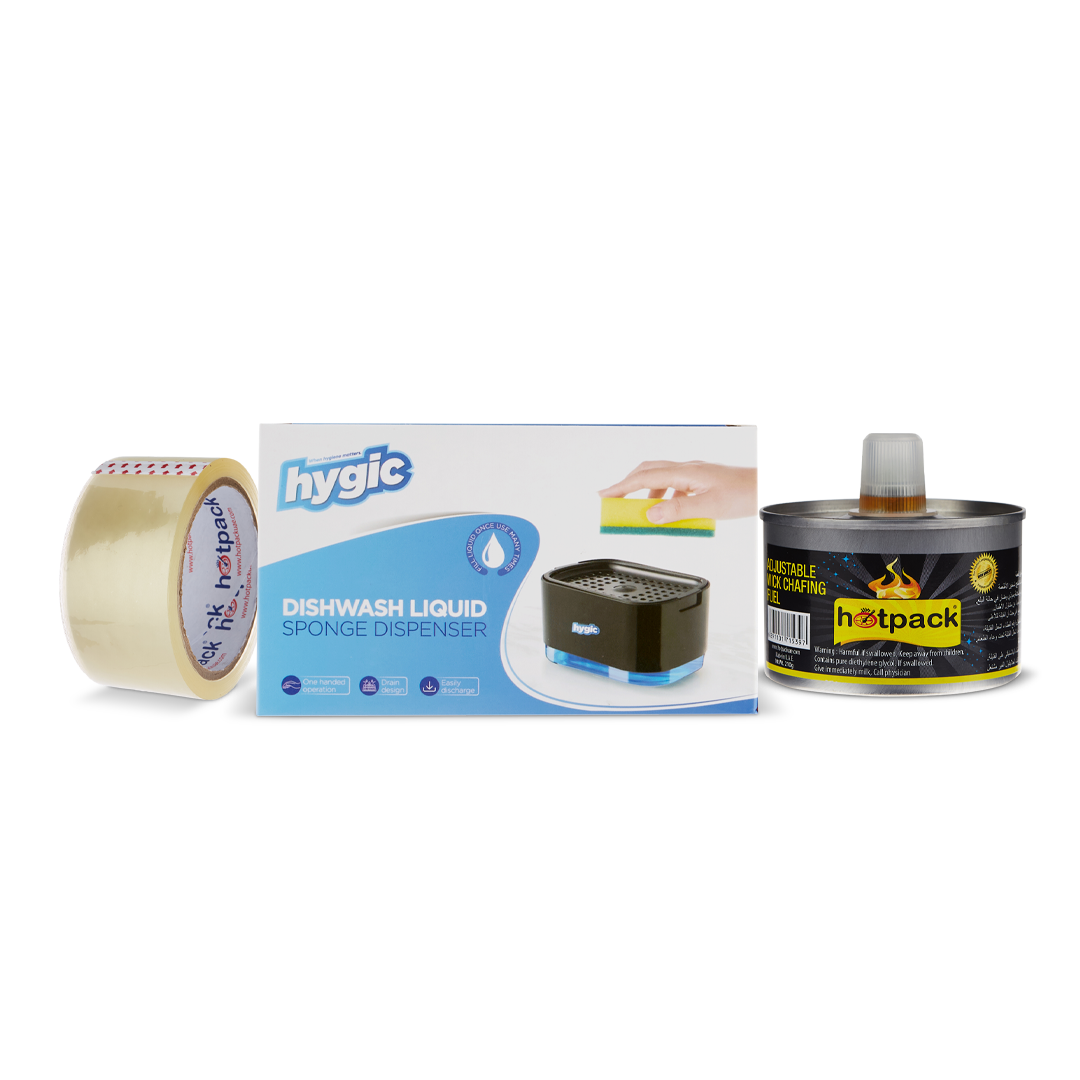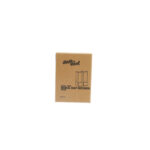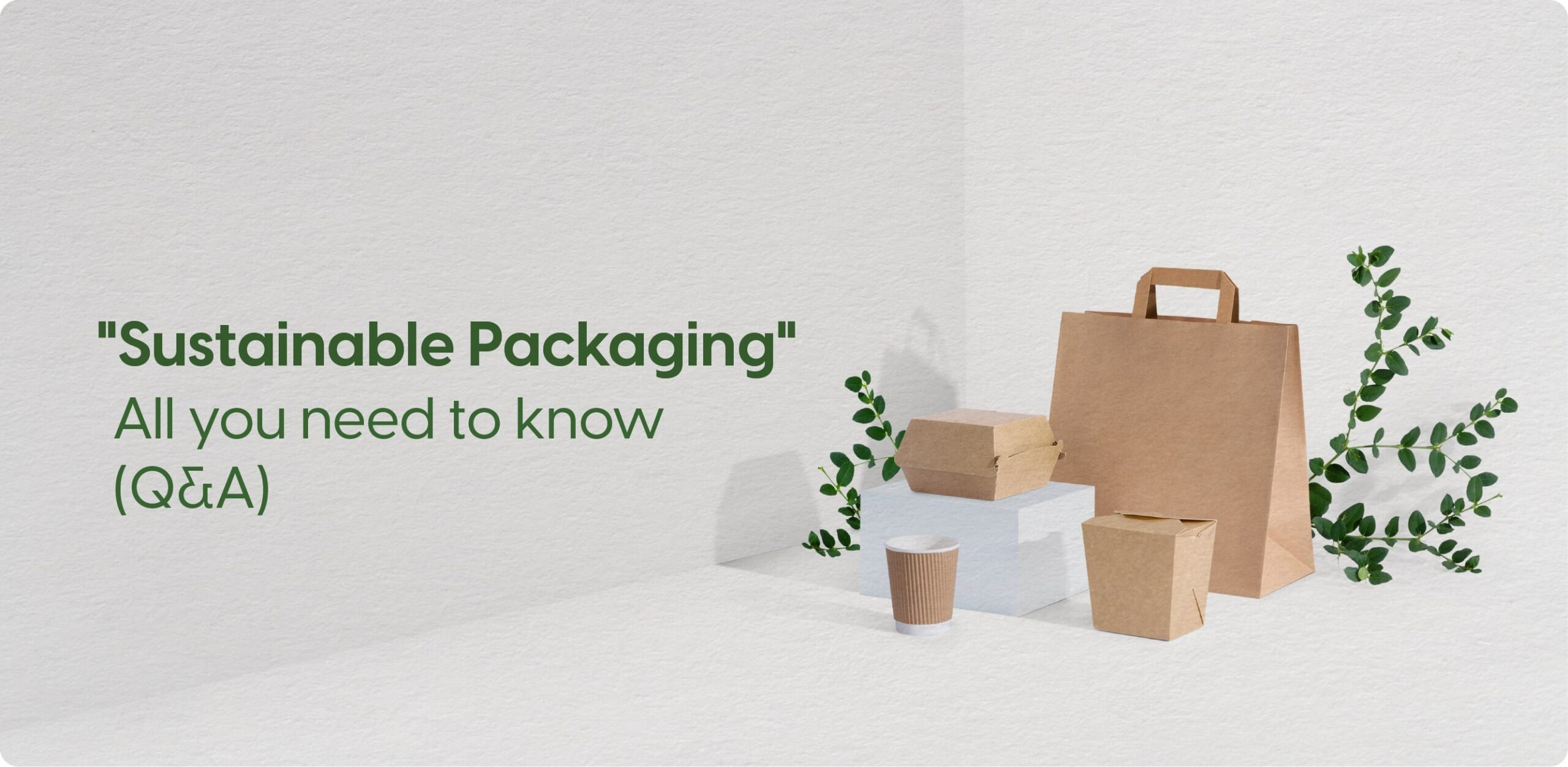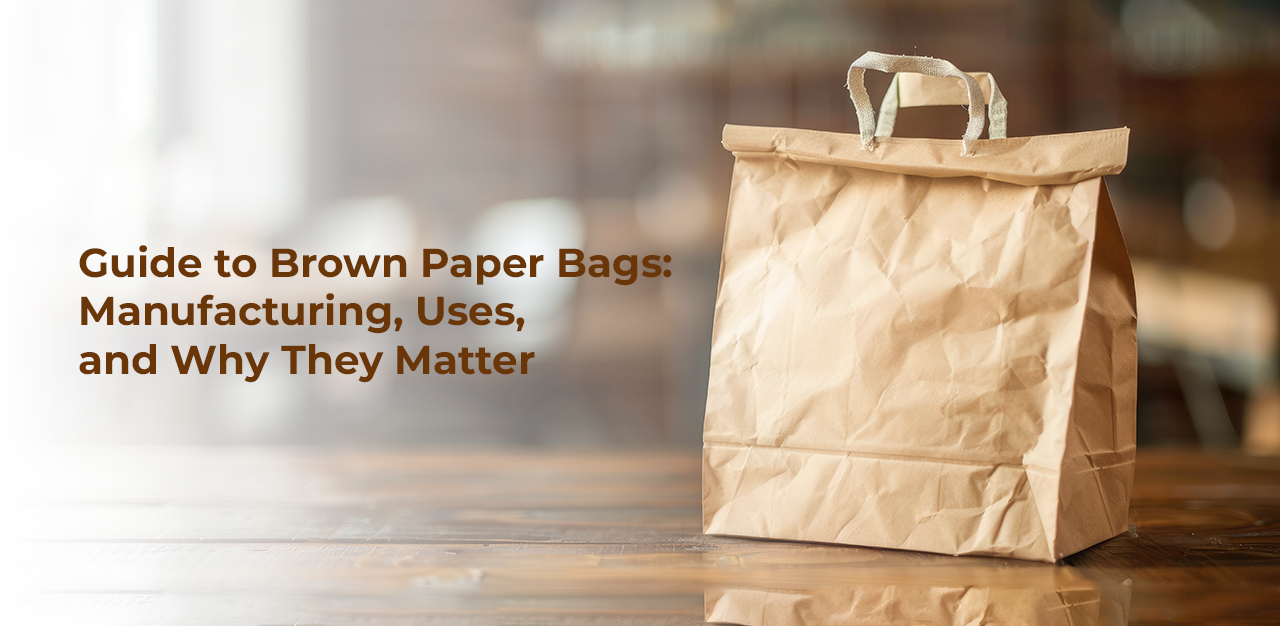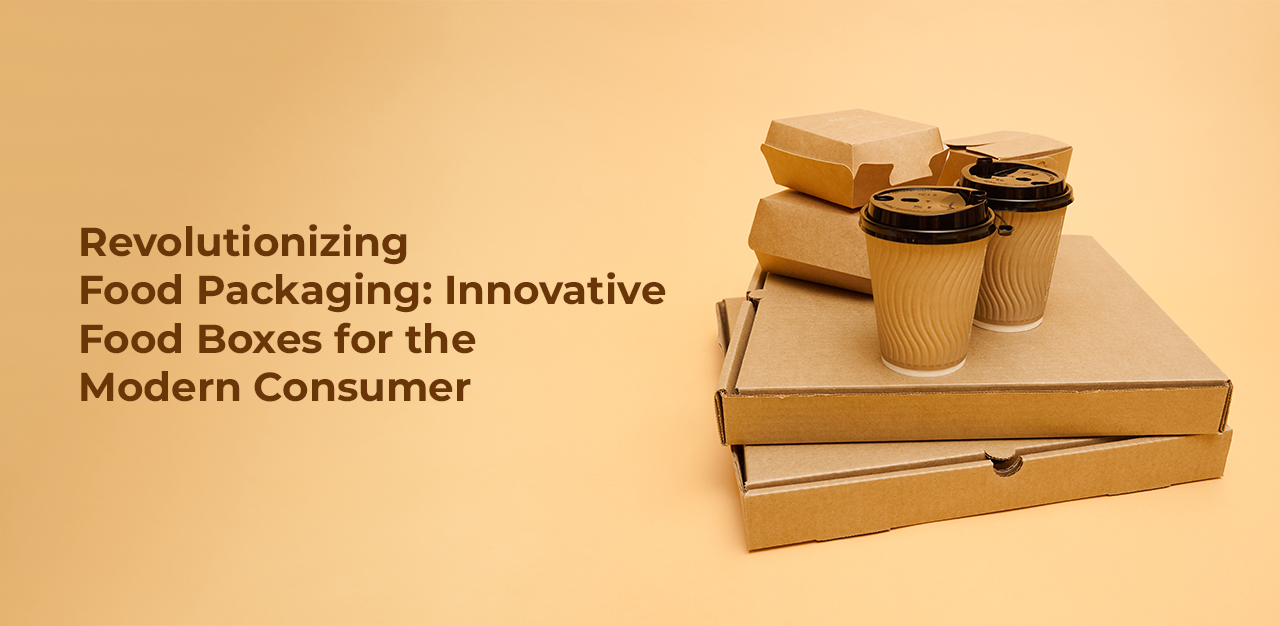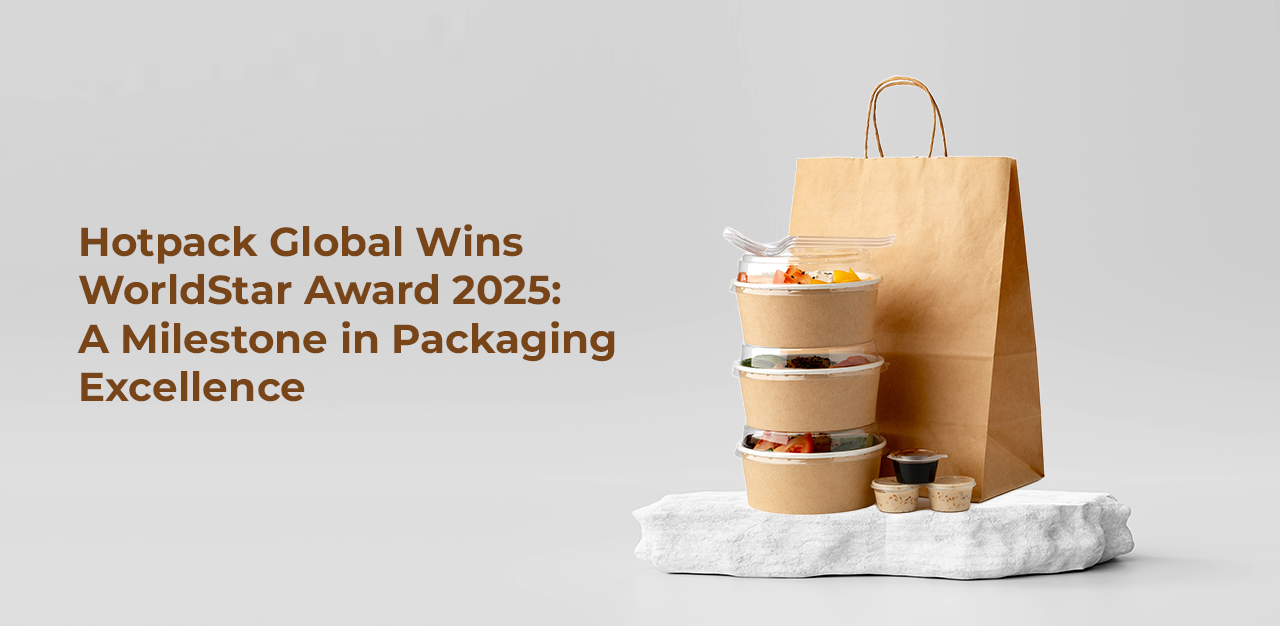1.What are the latest developments that are driving innovation in sustainable food packaging?
At Hotpack, we are constantly keeping an eye on the latest trends and innovations in sustainable food packaging. One of the key developments driving innovation in this field is the increasing demand for environmentally friendly materials. Customers are looking for packaging solutions that reduce their carbon footprint and are made from renewable resources. This has led to a surge in the use of materials like paper, biodegradable plastics, and compostable options.
Additionally, advancements in packaging design and technology are allowing for more efficient and eco-friendly packaging solutions. For example, smart packaging that extends the shelf life of products and reduces food waste is gaining traction. Innovations in barrier coatings are helping us create packaging that maintains the freshness of food while minimizing the need for preservatives.
At Hotpack we are focusing on several key areas that we have deemed a high priority which include – use of natural biomaterials (such as discarded rice husk), multi-use technologies and promoting mono-material products.
- What are your plans in terms of investing in innovation to develop new types of packaging that have a reduced carbon impact while maintaining a long shelf life?
At Hotpack, innovation is at the core of our business strategy. We are committed to investing in research and development to create packaging solutions that align with our sustainability goals. Our focus is on developing packaging materials that have a reduced carbon impact, primarily by increasing the use of recyclable and biodegradable materials in our products.
We are also exploring technologies that enhance shelf life without compromising on quality or safety. This includes barrier coatings, modified atmosphere packaging, and smart packaging solutions. Our aim is to continually improve the environmental performance of our packaging while ensuring it meets the highest standards for food safety and preservation.
Live examples of such innovation from our R&D teams include a new range of polymer technologies that can reduce the amount of raw material needed by as much as 33% whilst, being infinitely recyclable. We have mastered enzymatic degradation of plant starches that allow a wide variety of packaging materials to be manufactured from valuable natural materials, once discarded, or incinerated as waste. Noting the position of the polymer PET, as the most recycled and recyclable of plastics, our R&D teams have developed several PET product variants that can replace other less recycled polymers. Two such examples include C-PET which can be oven heated and used in the microwave and H-PET which deliver high performance strength whilst using less raw material. Hotpack also holds several international patents for innovative sustainable solutions.
In terms of extending the shelf life of food products we have developed tamper proof ranges, oxygen barrier products and an example of which we are most proud is our patented ‘honey-comb’ food range which allows extended moisture retention thus promoting a longer shelf life.
- How are regulations impacting food packaging companies?
Regulations play a crucial role in shaping the food packaging industry. Governments around the world are increasingly implementing regulations aimed at reducing plastic waste and promoting sustainability. This has led to bans or restrictions on single-use plastics, mandatory labelling for recyclability, and targets for increasing the use of recycled materials.
Hotpack is fully committed to complying with these regulations and even exceeding them when possible. We view regulations as an opportunity to innovate and develop packaging solutions that align with evolving sustainability standards, ensuring we remain at the forefront of the industry. We are a full member of the UAE Circular Packaging Association which has been designated by the Government as the primary packaging manufacturers body. As such, Hotpack is not only able to keep abreast of regulatory changes but also help bring our 28 years of expertise in the food packaging sector to ensure that the best of technologies is encompassed in any future changes.
- How can we improve the packaging material recycling rates in the region? What’s your action plan?
Improving packaging material recycling rates is a shared responsibility that involves collaboration among businesses, governments, and consumers. Hotpack is actively engaged in initiatives to increase recycling rates in the regions where we operate. Our action plan includes:
- Education and Awareness: We believe that raising awareness among consumers and businesses about the importance of recycling is crucial. We actively participate in campaigns and educational programs to promote recycling.
- Investing in Recyclable Materials: Hotpack is committed to using recyclable materials in our packaging products. By designing our products with recycling in mind, we contribute to the availability of recyclable materials in the market.
- Collaboration: We work closely with recycling organizations and government bodies to support infrastructure development for recycling facilities and collection systems.
- Product Innovation: Our research and development efforts are focused on creating packaging materials that are easily recyclable, ensuring that our products can be part of a circular economy.
- Extended Producer Responsibility (EPR): We are exploring EPR programs to take responsibility for our packaging throughout its lifecycle, including collection and recycling.
At Hotpack, we have a zero-landfill policy. We have shown that with careful planning and targeted investment, the post-industrial waste (PIR) generated within our factories, can be successfully collected, and re-processed for use in our products. One of our latest manufacturing additions – Hotpack Corrugated Division – manufactures, primarily for our own use, the outer packaging cartons for our food sector products. Made from recycled paper board this is a perfect example of a sustainable circular loop where factory generated paper waste is re-processed & utilised once again in the production of our finished goods.
Central to our sustainability vision stands the enlightenment & education of the regions citizens, both at home and at work, so that these valuable raw materials can be properly sorted, cleaned, and returned to recycling centres capable of preparing them for our use once again.
- How can packaging innovations influence consumer choices and behaviors? Do you think there needs to be stringent recycling legislation in place involving end consumers?
Packaging innovations have the power to influence consumer choices and behaviors significantly. At Hotpack, we recognize that packaging is not just a protective shell; it’s a communication tool. Appealing, informative packaging can educate consumers about sustainability and encourage responsible choices.
While voluntary efforts and incentives are essential, we also believe that well-designed recycling legislation can play a vital role in shaping consumer behavior. Mandatory recycling programs, deposit-return systems, and clear labelling are all effective ways to encourage recycling and responsible disposal of packaging materials.
- Don’t you think the food industry and the packaging industry must work closely across the whole value chain to achieve common sustainability goals? How can we put the closed-loop system in place?
Absolutely, collaboration between the food and packaging industries is essential to achieve common sustainability goals. To establish a closed-loop system, we can:
- Joint Innovation: Collaborate on innovative packaging solutions that reduce waste and environmental impact.
- Supply Chain Integration: Work together to optimize supply chains, reduce transportation emissions, and minimize food waste through efficient packaging.
- Circular Economy Initiatives: Partner to support recycling and collection programs, ensuring packaging materials are recovered and reused effectively.
- Sharing Best Practices: Exchange knowledge and best practices to drive sustainability across the entire value chain.
- Can you share examples of innovative food packaging solutions that have successfully enhanced sustainability and circular economy practices in the food industry?
Certainly! We have introduced packaging solutions that align with sustainability and circular economy practices, such as:
- Biodegradable Packaging: We offer biodegradable and compostable packaging options made from renewable materials, reducing environmental impact.
- Recyclable Materials: Many of our products are made from easily recyclable materials, promoting a circular economy.
- Reusable Packaging: We collaborate with businesses to design reusable packaging solutions that reduce single-use waste.
- Smart Packaging: Our innovations include packaging with built-in freshness indicators, which help reduce food waste by ensuring products are consumed at their peak.
- What efforts can we make to raise awareness and educate food and packaging supply chain stakeholders and consumers on the role of sustainable packaging, the circular economy, and its impact on climate change?
To raise awareness and educate stakeholders and consumers, we can:
- Educational Campaigns: Launch educational campaigns on social media, in-store, and through partnerships to inform consumers about sustainable packaging options and their benefits.
- Industry Seminars and Webinars: Organize seminars and webinars to share knowledge and best practices within the industry.
- Collaborative Initiatives: Partner with non-governmental organizations and government bodies to promote sustainable packaging and the circular economy.
- Clear Labelling: Ensure clear labelling on products to inform consumers about recycling instructions and sustainability features.
- Engage in Dialogue: Engage in open dialogues with stakeholders to address concerns and explore solutions together.
- How can we collectively fill the gap that exists between product and packaging system design, materials supply, manufacturing, and commercialization, and the return flow from recyclable materials that enter the waste management stream, to support the circular economy?
Filling the gap in the circular economy requires collaboration and a holistic approach:
- Supply Chain Integration: Collaborate closely with material suppliers, manufacturers, and recyclers to create a closed-loop system, ensuring materials are efficiently recovered and reused.
- Extended Producer Responsibility (EPR): Implement EPR programs where producers take responsibility for the entire lifecycle of their products, including end-of-life recycling.
- Product Design: Design products and packaging with recyclability in mind, making it easier for recyclers to process materials.
- Market Development: Invest in creating markets for recycled materials to incentivize their collection and processing.
- Research and Innovation: Continue investing in research and innovation to develop new materials and technologies that support the circular economy.
Hotpack is committed to playing an active role in filling these gaps and contributing to the development of a circular economy in the packaging industry. Together, we can create a more sustainable and environmentally responsible future.

